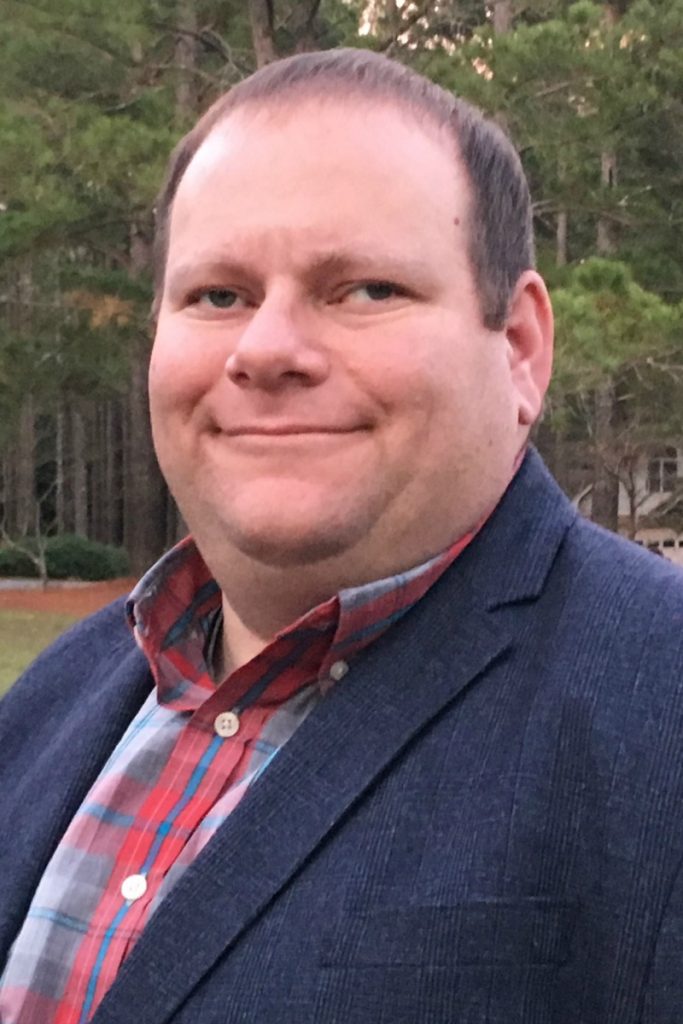Auburn University Assistant Professor and Extension economist Adam Rabinowitz expects more growers to participate during this current sign-up period for the Coronavirus Food Assistance Program 2.
There’s no reason for growers to wait, go ahead and sign up for the program, which continues through Dec. 11, 2020.

“I do expect more participation. I would encourage producers to look at this as a program that’s certainly there to help them through this current period,” Rabinowitz said. “There’s a lot of coverage there in terms of the CFAP 2 program. Anything you can imagine that’s being produced in our region is covered.”
Vegetable and Specialty Crops Impact
It’s especially true for vegetables and specialty crops. More than 230 fruit, vegetable, horticulture and tree nut commodities are eligible for CFAP 2. Visit farmers.gov/cfap/specialty for a full list of eligible commodities and more information on CFAP 2 eligibility and payment details related to these commodities.
“Virtually every specialty crop is included and is based on 2019 sales. As a percentage of those sales depending on what those total gross sales are in 2019 will be what that payment is under the CFAP 2 program,” Rabinowitz said. “There’s very little from a specialty crop standpoint that was excluded; well over 230 fruits and vegetables, nuts, nursery products as well; cut flowers, plants. We’re talking agricultural products that have never received federal assistance in the past are included in this.”
Financial Impact
According to the USDA, an additional $14 billion is made available for agricultural producers. The USDA will use funds being made available from the Commodity Credit Corporation (CCC) Charter Act and CARES Act to support row crops, livestock, specialty crops, dairy, aquaculture and many additional commodities.
“The USDA is confident in the numbers and there’s enough funds there to cover all that. I think historically we know that in some of the specialty crop grower cases, they don’t have these programs, so they often don’t know about them and don’t take advantage of it. I’m not sure if it’s an expectation that a little uptake will take care of it or if USDA has that much confidence in their calculations, but it is pretty substantial,” Rabinowitz said. “There are payment limits that do come into play.”









